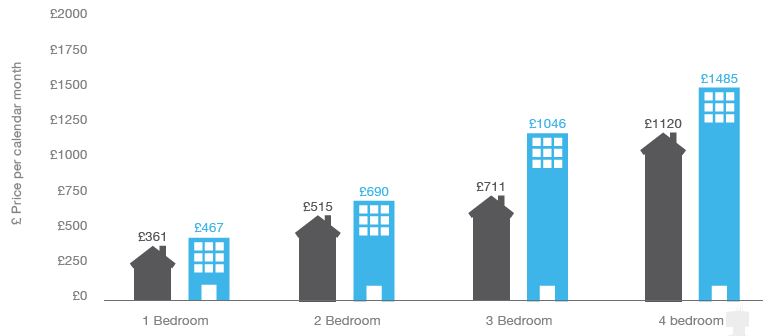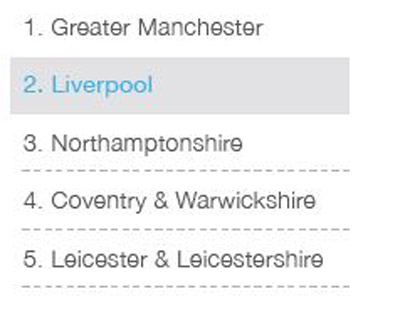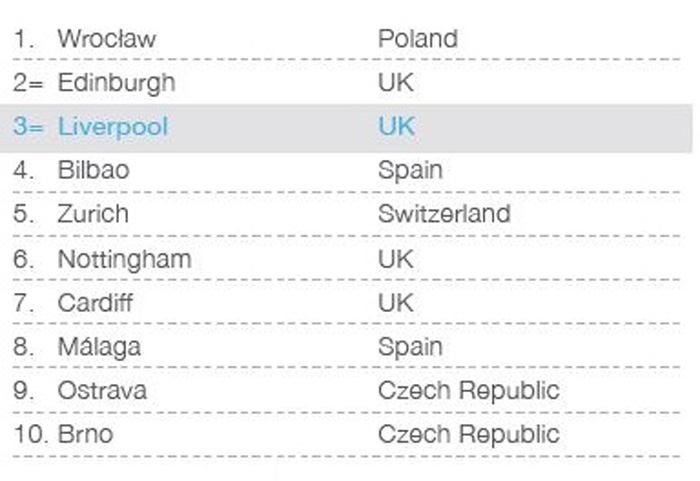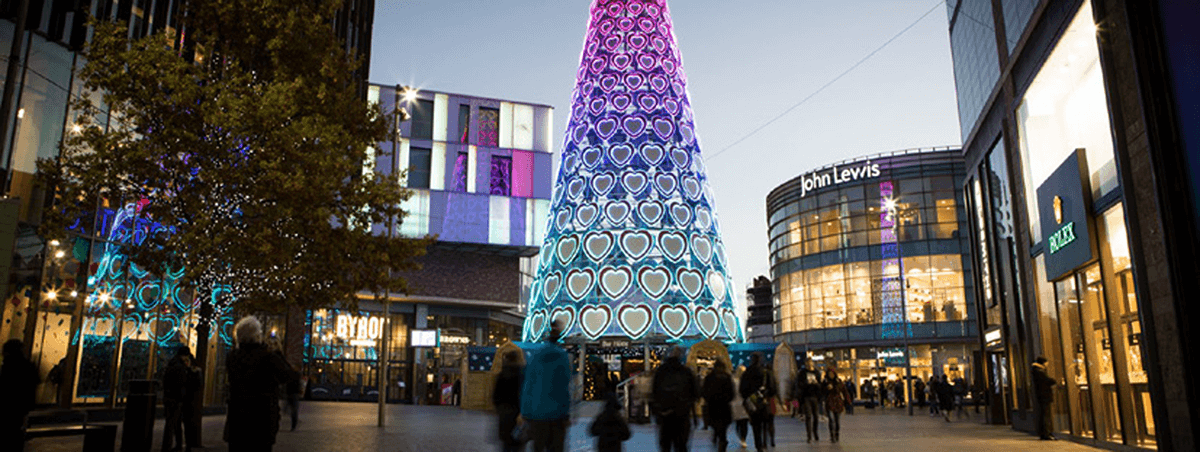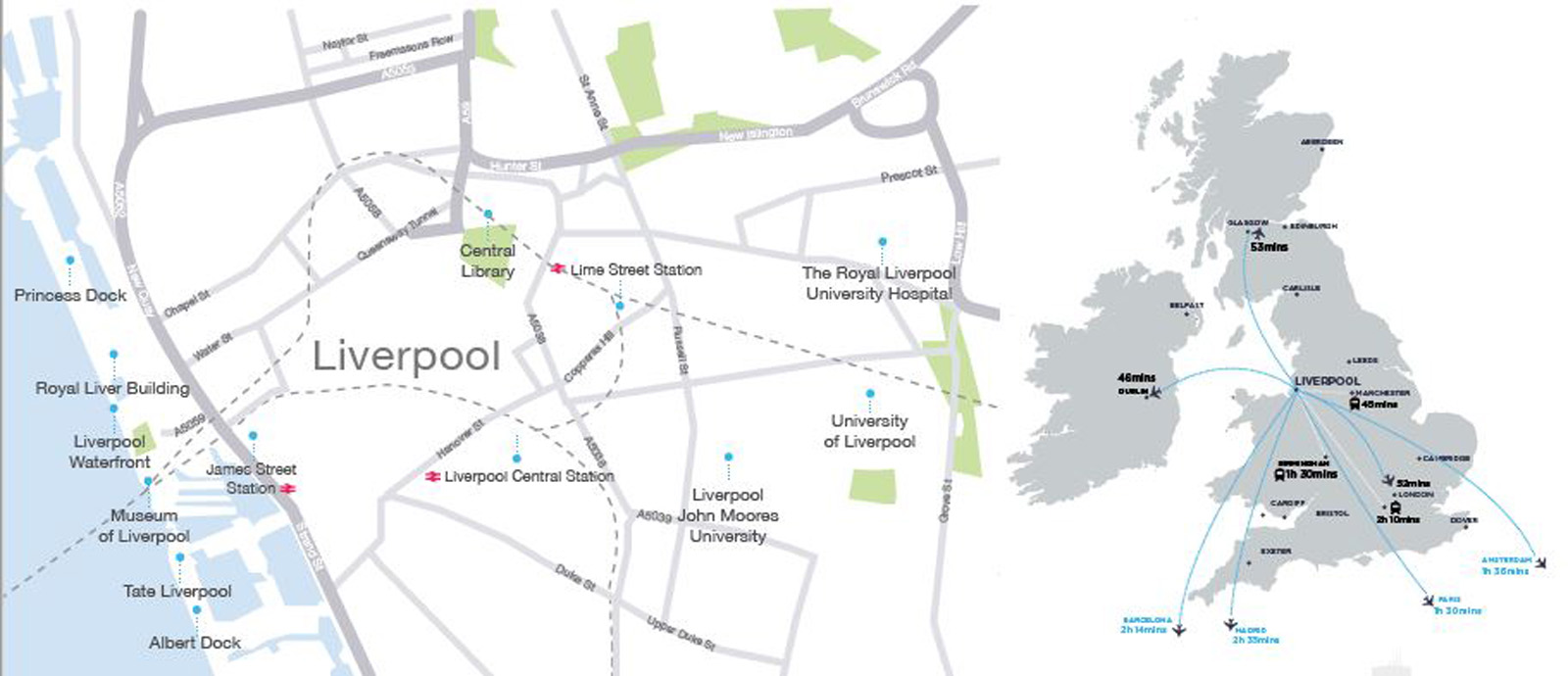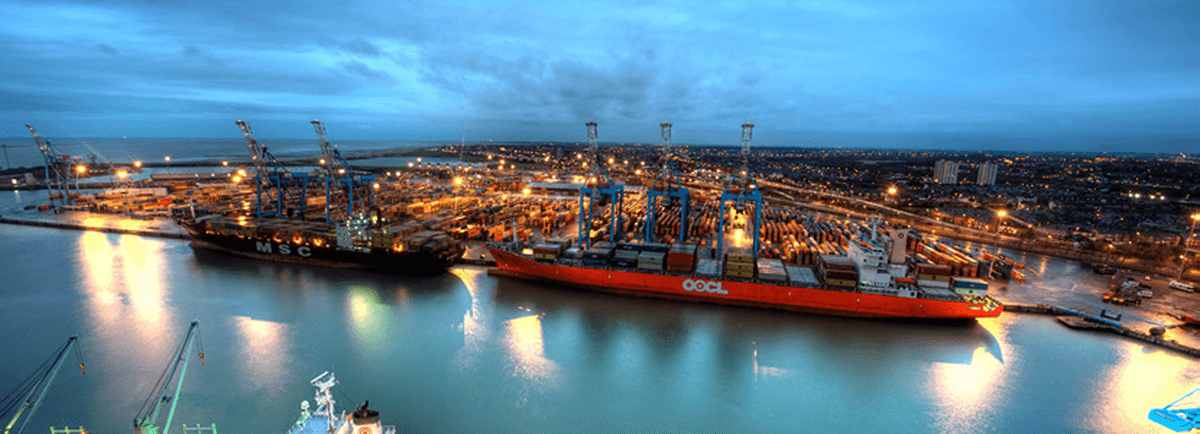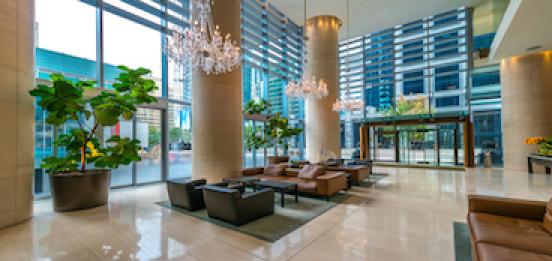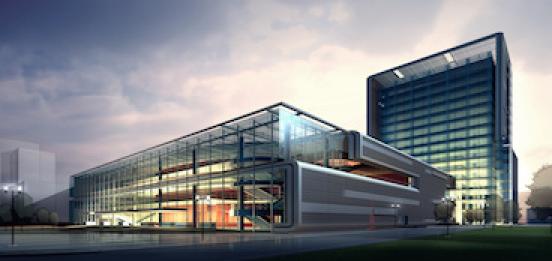Investors seek safe, stable environments in which to grow their money, and Liverpool ticks all the boxes when it comes to what they are looking for. Office for National Statistics figures released at the end of 2016 showed that Merseyside's economy grew faster than that of any other similar major city region in Britain in 2015, including London. Economic growth stood at 3.1% for the year (Merseyside is the metropolitan county that encompasses Liverpool, Wirral, Sefton, Knowsley and St Helens).
"The levels of investment in our city continue to top £1 billion per annum. Since I came into office in 2012, we have seen over £4 billion investe d in new houses, roads, offices and hotels… Despite wider economic uncertainties t he fact is, confidence in Liverpool is booming. There are currently over 270 major new projects planned, with £14 billion worth of schemes in the pipeline. Indeed, the work we are doing with partners to develop the new £1 billion Paddington Village in the Knowledge Quarter and the Ten Streets Creative District will redefine Liverpool's economy over the next 30 years."
Joe Anderson OBE, Mayor of Liverpool
Major schemes completed in Liverpool since January 2012 have a total value of £4.6 billion, while major schemes completed since January 2017 total £527 million. In addition, some 2,080 new/safeguarded FTE equivalent job spaces have been created across the city since January 2017.
Looking to the future, the construction value of major schemes currently in progress totals £1.4 billion. Those developments are projected to create a further 2,680 new/safeguarded FTE job spaces, according to the Liverpool Development Update 2017.
Liverpool's digital and technology scene has played a key role in the city's economic prowess in recent years, with the Financial Times reporting that the city was home to a record number of start-ups in 2015, while the number of 'high growth' companies reached 56% in the six years to 2016.
With country-leading economic growth, and a status as one of the most exciting cities in Europe for FDI, Liverpool's appeal as an investment destination offers solid credentials for the years ahead.








